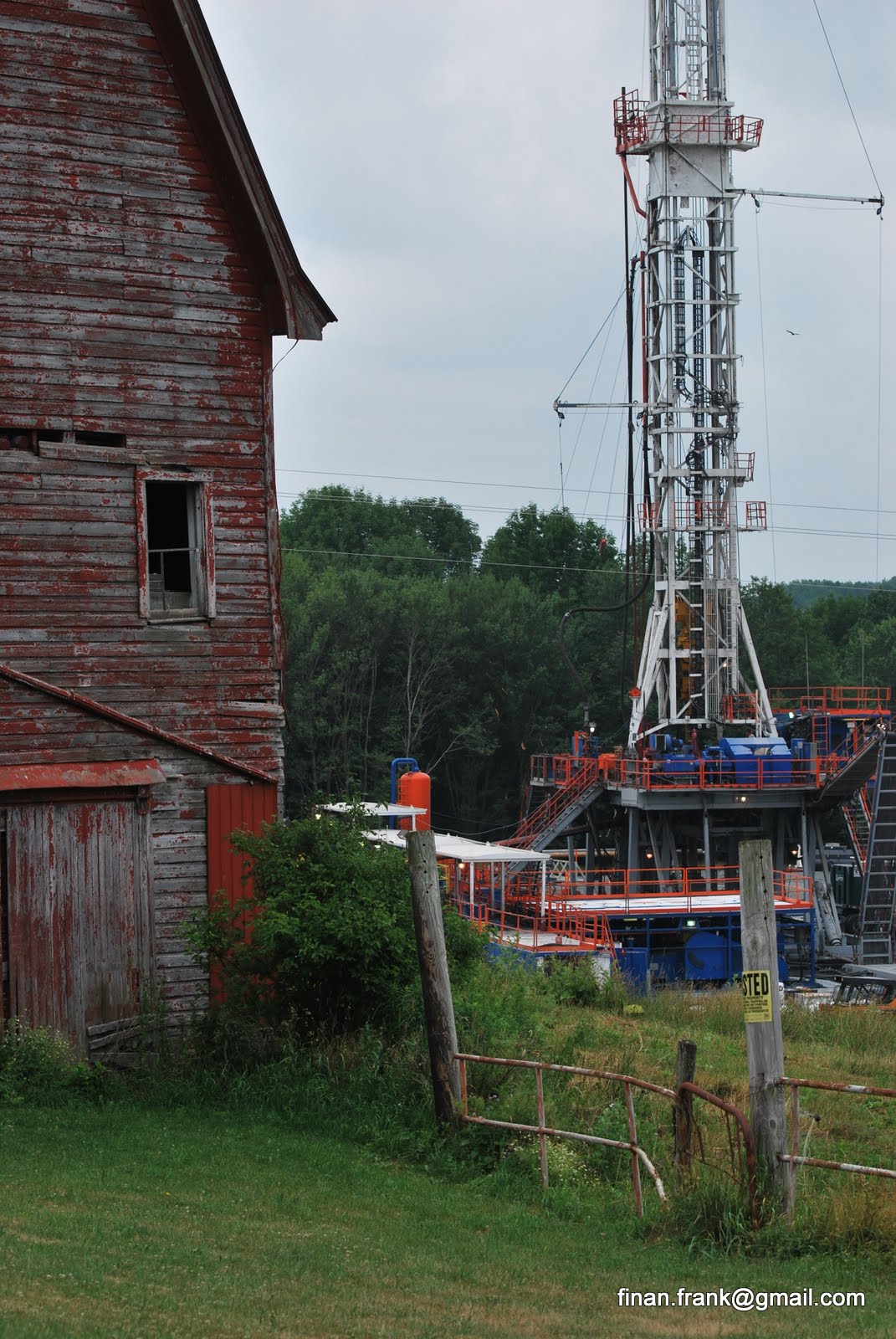Researchers in Pennsylvania have discovered that the prevalence of radon, a radioactive and carcinogenic gas, in people’s homes and commercial buildings that are nearer to fracking sites has increased dramatically in the state since the unconventional and controversial gas drilling practice began in the state just over a decade ago.
“By drilling 7,000 holes in the ground, the fracking industry may have changed the geology and created new pathways for radon to rise to the surface.” —Joan A. Casey, John Hopkins Bloomberg School of Public Health
Both odorless and tasteless, radon is a naturally-occurring gas released from bedrock minerals beneath the ground and is found in millions of homes across the country. However, in a studypublished Thursday in the journal Environmental Health Perspectives, scientists compared the results of state-wide radon testing in Pennsylvania to find a significant correlation between unusually high levels of the deadly gas in some buildings (mostly residential homes) and the proliferation of fracking in certain areas of the state.
As State Impact Pennsylvania, the state’s NPR affiliate, reports:
Researchers from Johns Hopkins University analyzed radon readings taken in some 860,000 buildings, mostly homes, from 1989 to 2013 and found that those in rural and suburban areas where most shale gas wells are located had a concentration of the cancer-causing radioactive gas that was 39 percent higher overall than those in urban areas.
It also found that buildings using well water had a 21 percent higher concentration of radon than those served by municipal water systems.
And it showed radon levels in active gas-drilling counties rose significantly starting in 2004 when the state’s fracking boom began.

